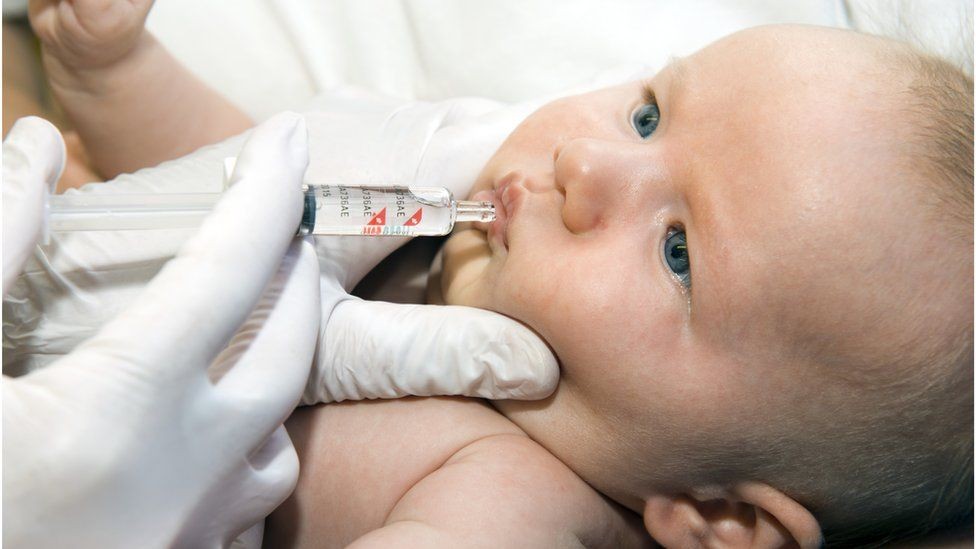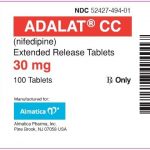
Contents
- 1 Rotavirus Infection
- 1.0.1 Symptoms and Signs of Rotavirus Infection
- 1.0.2 Causes of Rotavirus Infections
- 1.0.3 Rotavirus vs. Norovirus
- 1.0.4 Risk Factors for Rotavirus Infection
- 1.0.5 Can Adults Get a Rotavirus Infection?
- 1.0.6 Is Rotavirus Contagious? How Long Is It Contagious?
- 1.0.7 How Does Rotavirus Spread?
- 1.0.8 What Is the Incubation Period for Rotavirus?
- 1.0.9 Treatment for Rotavirus Infection
- 1.0.10 Specialists Who Treat Rotavirus Infection
- 1.0.11 Diagnosing Rotavirus Infection
- 1.0.12 Prognosis of Rotavirus Infection
- 1.0.13 Prevention of Rotavirus Infections and Vaccine Side Effects
- 1.0.14 Subscribe to MedicineNet’s Children’s Health & Parenting Newsletter
Rotavirus Infection
Rotavirus is a virus that infects the bowels, causing severe inflammation of the stomach and bowels (gastroenteritis). It is the most common cause of severe diarrhea among infants and children worldwide, resulting in the death of approximately 500,000 children annually. The name "rotavirus" comes from the Latin word "rota," meaning "wheel," due to its wheel-like appearance when viewed under an electron microscope.
Vaccines for rotavirus infection have been available since 2006. Prior to the availability of these vaccines, almost all children were infected with rotavirus by age three. Repeat infections with different viral strains are possible, but typically less severe than the initial infection. Babies and toddlers between 6-24 months of age are at the highest risk for severe disease from rotavirus infection, while adults usually experience mild symptoms.
Rotavirus infection remains a significant cause of death in infants and children worldwide, affecting populations in all socioeconomic groups. It is equally prevalent in industrialized and developing countries, indicating that differences in sanitation or water supply do not greatly impact the incidence of infection.
In the United States, rotavirus infections are most common during the winter months from November to May. However, infection can occur at any time of the year.
Symptoms and Signs of Rotavirus Infection
Common symptoms of rotavirus infection include fever, vomiting, and watery diarrhea. Abdominal pain may also occur, and affected children may experience several episodes of profuse watery diarrhea per day. Symptoms typically last for three to nine days. While repeated infections do not provide complete immunity, they tend to be milder than the initial infection.
Infants and children with rotavirus infection are at risk of severe dehydration, which can be life-threatening. Recognizing and treating dehydration is crucial. In addition to the symptoms mentioned above, parents should watch for signs of dehydration, such as lethargy, dry skin, absence of tears when crying, dry or sticky mouth, sunken eyes or fontanel, and extreme thirst.
Causes of Rotavirus Infections
Rotavirus belongs to the Reoviridae family and contains double-stranded RNA enclosed by a double-shelled outer layer. Infection with different strains of the virus is possible, often resulting in multiple separate infections during childhood. Although adults can also become infected, their illness is typically less severe than that in infants and young children.
Rotavirus vs. Norovirus
Norovirus is the most prevalent cause of gastroenteritis in the United States, primarily affecting adults, while rotavirus mainly affects young children. Both viruses are highly contagious and spread easily through contaminated food and objects, direct contact, and contact with infected individuals in various settings, such as day care centers and nursing homes.
Risk Factors for Rotavirus Infection
Rotavirus most commonly infects infants and children. Being around infected individuals, especially in group day care settings, increases the risk of infection. However, most children are infected with rotavirus by the age of three.
Can Adults Get a Rotavirus Infection?
Yes, adults can develop a rotavirus infection. However, symptoms are usually minor or absent. Since neither vaccination nor prior infection provides full immunity, it is possible to get infected more than once. The first infection tends to be more severe than subsequent infections, and vaccination is highly effective in preventing severe symptoms in infants.
Is Rotavirus Contagious? How Long Is It Contagious?
Rotavirus infection is highly contagious and can spread through contact with the stool of an infected person, followed by touching the mouth. The contagious period starts before diarrhea develops and can last up to 10 days after symptoms resolve.
How Does Rotavirus Spread?
The primary mode of rotavirus transmission is the fecal-oral route, where the virus is passed from the stool of one child to the mouth of another. Ingesting contaminated water or food, and touching a surface contaminated with rotavirus, can also result in infection. The virus remains infectious for days on hard surfaces and hours on human hands. Low levels of rotavirus have been found in respiratory-tract secretions and other body fluids.
What Is the Incubation Period for Rotavirus?
The incubation period for rotavirus disease is typically around two days, but it can vary from one to three days.
Treatment for Rotavirus Infection
There is no specific treatment for rotavirus infection. In individuals with a healthy immune system, the illness resolves on its own within a few days. Treatment involves increasing fluid intake to prevent dehydration. Hospitalization for intravenous fluid hydration is required in about one in 40 children with rotavirus infection of the bowel.
Specialists Who Treat Rotavirus Infection
Primary care specialists, such as pediatricians and family medicine specialists, treat rotavirus infection. Severe or complicated cases may require additional intervention from emergency and intensive care physicians.
Diagnosing Rotavirus Infection
Physicians diagnose rotavirus by rapidly detecting the virus in stool samples. Further characterization of strains is possible but not typically necessary or widely available.
Prognosis of Rotavirus Infection
Rotavirus infection is a self-limited disease that resolves within three to nine days. Severe dehydration leading to death is rare but can be prevented with timely recognition and supportive treatment.
Prevention of Rotavirus Infections and Vaccine Side Effects
Due to the widespread nature of the virus, preventing rotavirus infection in unvaccinated individuals is challenging. Vaccination is the most effective prevention method, particularly for young children. In the United States, two rotavirus vaccines, RotaTeq and Rotarix, are given orally and should be administered prior to 15 weeks of age, with all doses completed by 8 months of age.
Side effects of the rotavirus vaccine are rare and can include mild irritability, vomiting, and diarrhea, as with all vaccines. Allergic reactions are extremely uncommon.
Subscribe to MedicineNet’s Children’s Health & Parenting Newsletter
By clicking "Submit," I agree to the MedicineNet Terms and Conditions and Privacy Policy. I also agree to receive emails from MedicineNet, and I understand that I can opt out of MedicineNet subscriptions at any time.
"Rotavirus: Questions and Answers." Immunization Action Coalition.
United States. Centers for Disease Control and Prevention. "About Rotavirus." Apr. 23, 2018.
United States. Centers for Disease Control and Prevention. "Rotavirus." Apr. 23, 2018.


